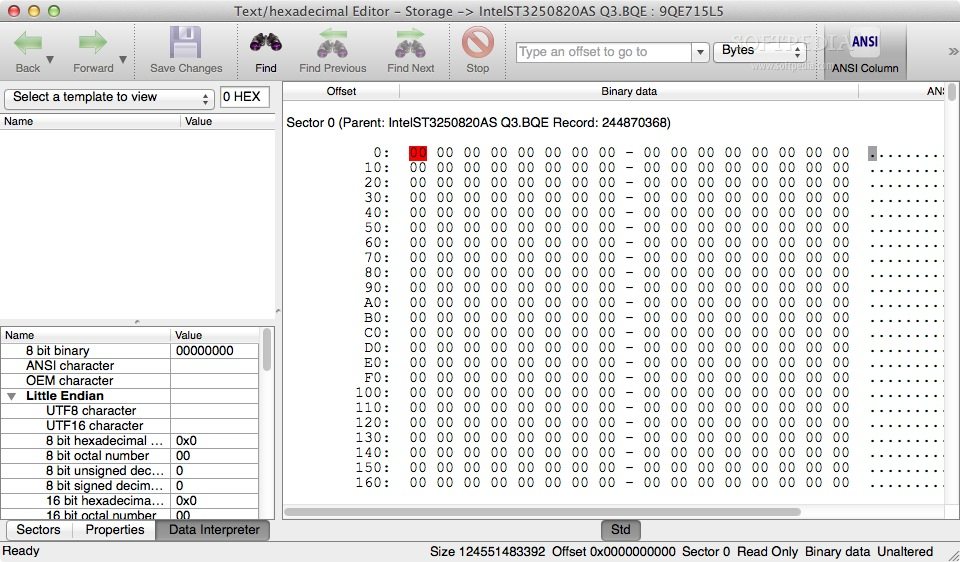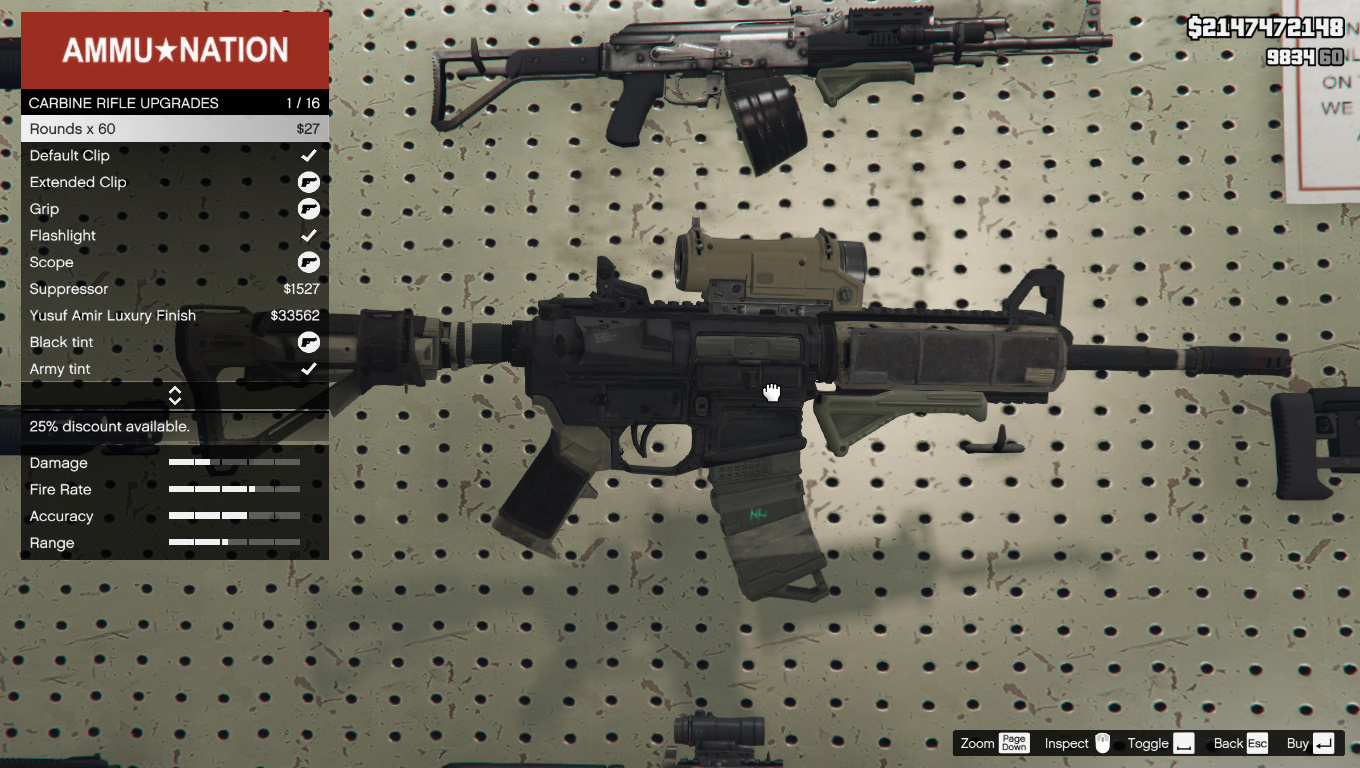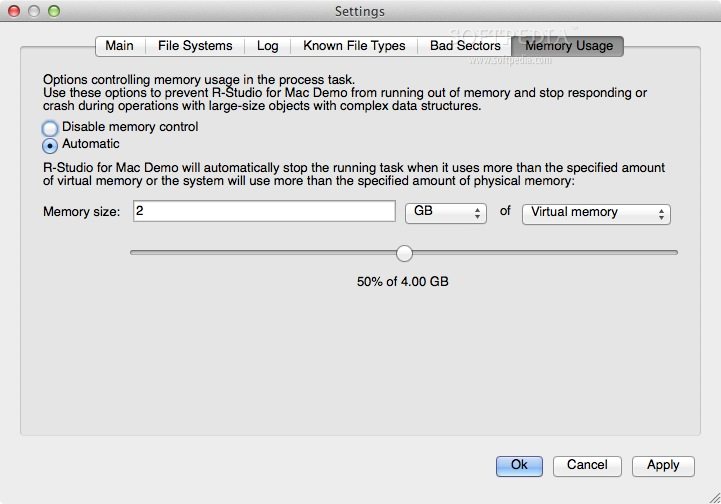
The move command can be activated through the menu as above, or by typing the appropriate number (5, 6, 7, 8) in the main viewer window while it is active. You can temporarily hide the label by clicking the “ Hide ” button. To delete the labels on-screen, simply highlight the label (remember to pull down the proper label type on the left-hand top of the “ Labels ” menu!), and click “ Delete ”. This is important to remember when you have cluttered your display with many labels, lines and angle markers and you need to get rid of them all.įigure 1: Illustrating the different VMD labels: labels (green) bonds (white) angles (yellow) and dihedrals (blue). (You will see later that VMD doesn’t really know if atoms are bonded unless we give it addtional information, anyway).Īside from displaying actual labels on the screen, it makes a list of the labels under the “ Graphics.Labels ” menu, which pops up a floating window. Actually, “ bond length ” really means “distance between two atoms” as the atoms do not need to be bonded. However, label includes structural information such as bond length and angular information. At first glance, label seems to be like query, except it puts a label on the display. ”, or by typing 1, 2, 3, or 4 (for atom, bond, angle or dihedral) in the viewer window when it is active.

The label commands can be activated by selecting “ Mouse.Label. The information shows up in the terminal window that VMD produces when you start the program. If you click on an atom, and it appears nothing happens, don’t worry. To enter query mode, type “0” (that’s a zero) in the display window, or select “Mouse.Query” from the main VMD menu.

The query command gives information about the atom clicked on. Mostly found under the “ Mouse ” main menu item. It is relatively simply to learn a bit of TCL or python programming in order to script some repetative task that you might have to do in VMD.Įxplore the basic tools of VMD, including some plugins, and learn basic scripting syntax in order to extend the functionality of VMD.

A list of these scripts may be found here. In order to uses plugins, you normally have to use the tkconsole, load the file, and then issue commands to extract the functionality. Plugins are usually script files, written in TCL or python (programming languages). We will focus on the “Analysis” type of plugins during this session. Many plugins find their way into the default VMD distribution eventually. A list of such plugins may be found here. Plugins are menu items that researchers have added into VMD in order to extend the basic functionality. Aside from the very basic tools (picking and measuring tools, for example), there are also a large number of plugins and scripts.
.DMG FILESALVAGE ACTIVATOR
Open the crack file and generate the activator key.There are many useful tools in VMD which allow us to extract useful information.
.DMG FILESALVAGE DOWNLOAD

.DMG FILESALVAGE WINDOWS
.DMG FILESALVAGE PLUS
Another plus is the ability to store your progress of scanning and later resume where you have stopped. Two features that will impress you are the ability to scan and restore files-disk images (DMG file) and the implementation of a QuickLook-like action that allows you to preview the selected files by pressing the spacebar.


 0 kommentar(er)
0 kommentar(er)
